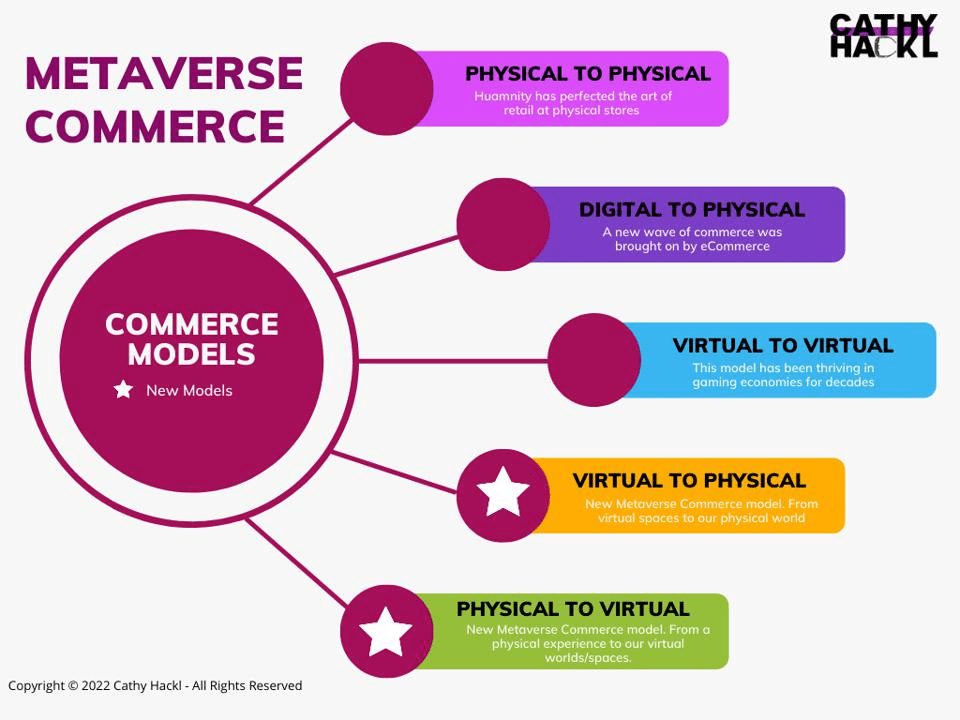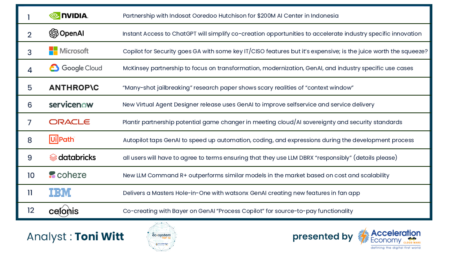Alongside the rise of the Metaverse have come new commerce models. One is direct-to-avatar (DTA), which some believe is the next iteration of direct-to-consumer and will dominate retail in time. DTA is the process of selling to and delivering directly to users’ avatars in a Metaverse-like environment. Right now, DTA is already beginning with brands like Ralph Lauren selling outfits to equip your Bitmoji avatar within Snapchat, or Nike acquiring RTFKT. This studio designs virtual sneakers represented as NFTs.

Direct-to-Avatar Approaches
There are several approaches you can take with direct-to-avatar. Many brands are dabbling in V2V, or virtual-to-virtual, where virtual assets are transferred directly to the end customer and their avatar. This includes the Ralph Lauren example mentioned, as well as other major fashion names like Balenciaga, Prada, and more. V2V is also common within video games like “Fortnite” or Roblox, where users can purchase collectibles and assets like skins, which define how your avatar looks. DTA thought leader Cathy Hackl points out that “League of Legends” and “Fortnite” earned $1.5 billion and $1 billion in revenue from skins alone in 2019 respectively. With the V2V approach, vendors don’t have to worry about supply chain issues or intermediaries that cause headaches and reduce margins.

Another approach is V2P or virtual-to-physical. Retailers can display products using immersive technology like augmented reality (AR) or virtual reality (VR); provide value to the user’s virtual identity or avatar; and follow up with physical benefits, too. Some brands are experimenting with this model by selling NFTs representing virtual items, then shipping physical goods to the user who acquires the NFT.
P2V, or physical-to-virtual, is already being deployed on a larger scale. Organizations might offer tickets to an in-person event but follow up with virtual value like merchandise for avatars, in-game points, or even just access to a digital version of the event. In this way, products exist in both physical and digital realms, providing value on multiple fronts and reaching the broadest possible audience.
A Natural Evolution
Like everything about the Metaverse, these approaches are just continuations of trends that have been going on for years. We have been building out dual identities for a long time, especially since the pandemic. Since most of us place value in creating and maintaining our physical identity, why wouldn’t we do so for our virtual counterparts as well, particularly if we spend just as much time, if not more, inhabiting this counterpart? This is why people purchase NFTs to put as their Twitter profile picture, why users spend hours designing their Snap bitmoji avatar, and why players in “Grand Theft Auto” do in-game tasks to afford the latest supercars.
That said, our digital identities are fragmented across platforms, so brands need to understand their audience to provide value in the platforms their target demographic is active on. Users are beginning to expect value in virtual and physical environments to come hand-in-hand, from in-person events that are also streamed to products they can also post on social media.
As we move away from the 2D internet and into immersive worlds, that value has to be provided direct-to-avatar. If retail brands don’t develop offerings in multiple channels, they will start to see customers migrating. One example is the energy drink brand Monster, which released special-edition cans with codes used to activate double-XP sessions for players in the video game “Call of Duty.” They understood their demographic — young gamers who enjoy “Call of Duty”— and provided virtual as well as physical value.
Moving Forward
Although the previous example is catered to those who play video games, the Metaverse will include all of us and not just for leisure purposes. Determining how to provide value for users of the 3D immersive internet is the greatest question and the greatest business opportunity of the next two decades. Far in the future, we may even see no need to provide the physical alongside the virtual, but that’s still science fiction.
But keep in mind it’s not just about replicating your physical product into a virtual counterpart. “It would be a mistake to think of this like a digital billboard in video games. The opportunity is to give brands a full presence within these new worlds, Louis Vuitton designed the championship trophy for “League of Legends” and Gucci created an entire in-game tennis tournament called the Gucci Open. The skins are a way to plant the seeds within a game world and it represents an entirely new blue ocean of avatars to sell to,” said Ryan Gill, co-founder and CEO of Crucible, in a Forbes article. It’s about creating an experience around your brand and giving users autonomy within that experience.








